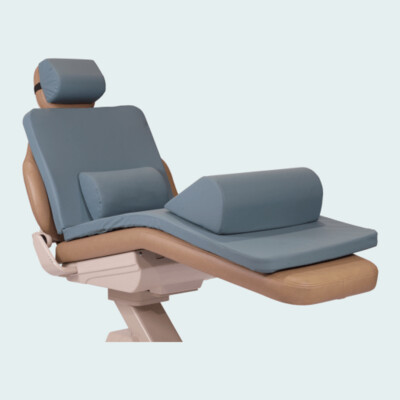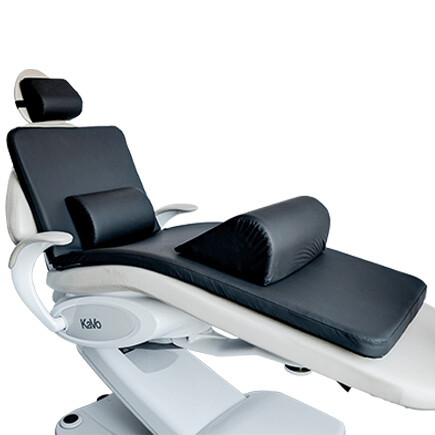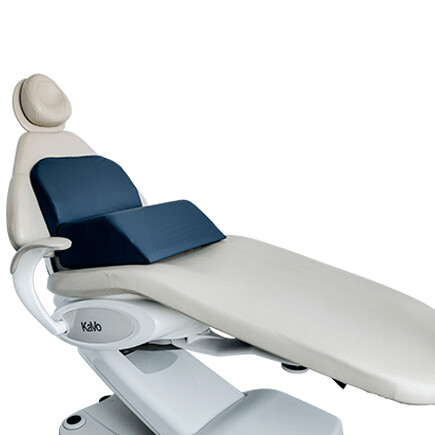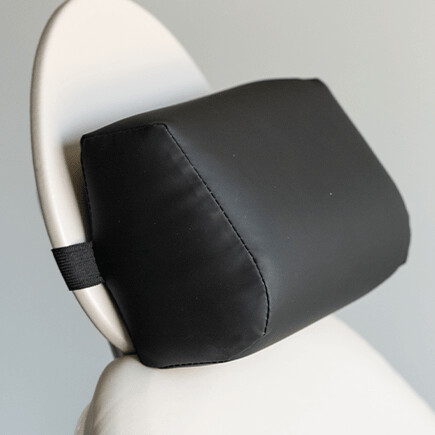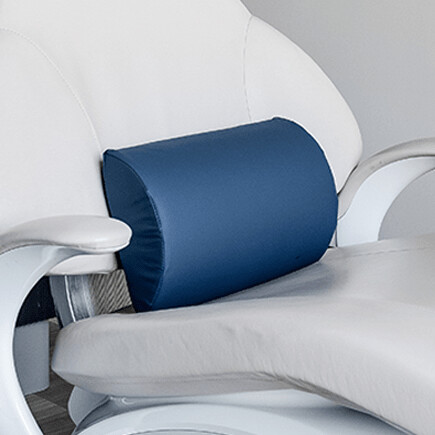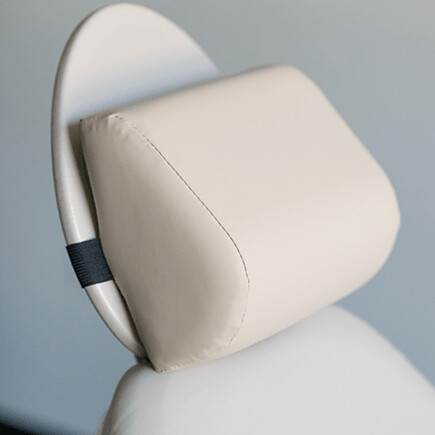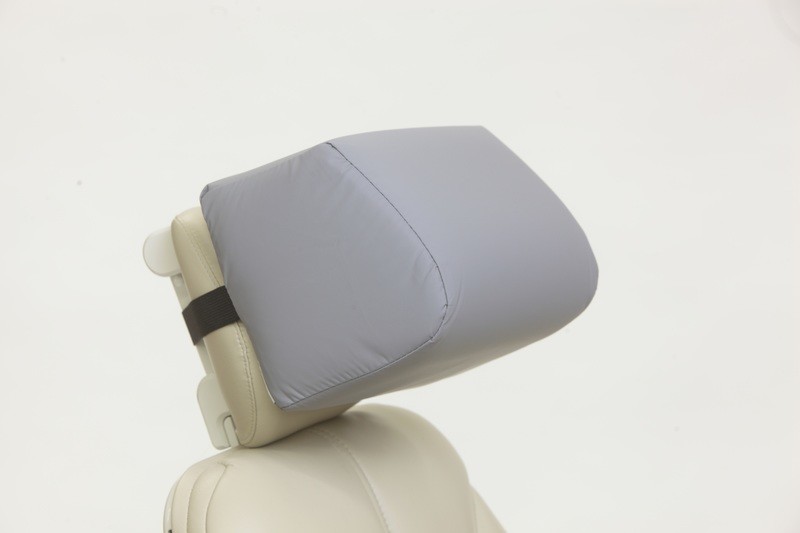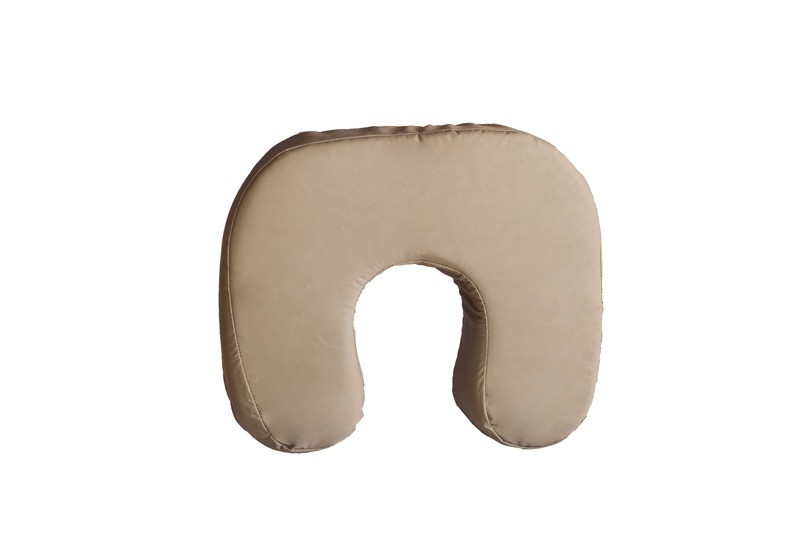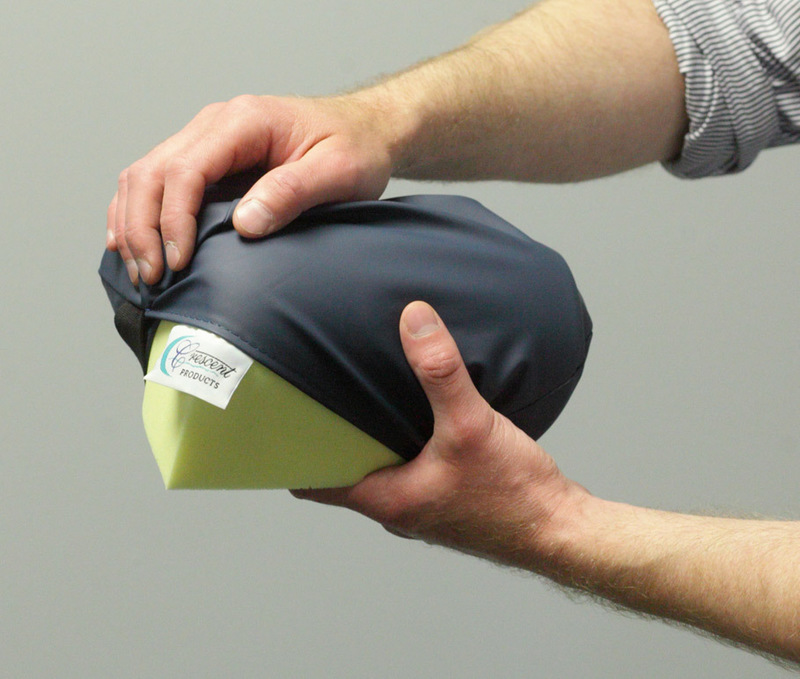How Dentists Can Avoid and Eliminate Neck Pain
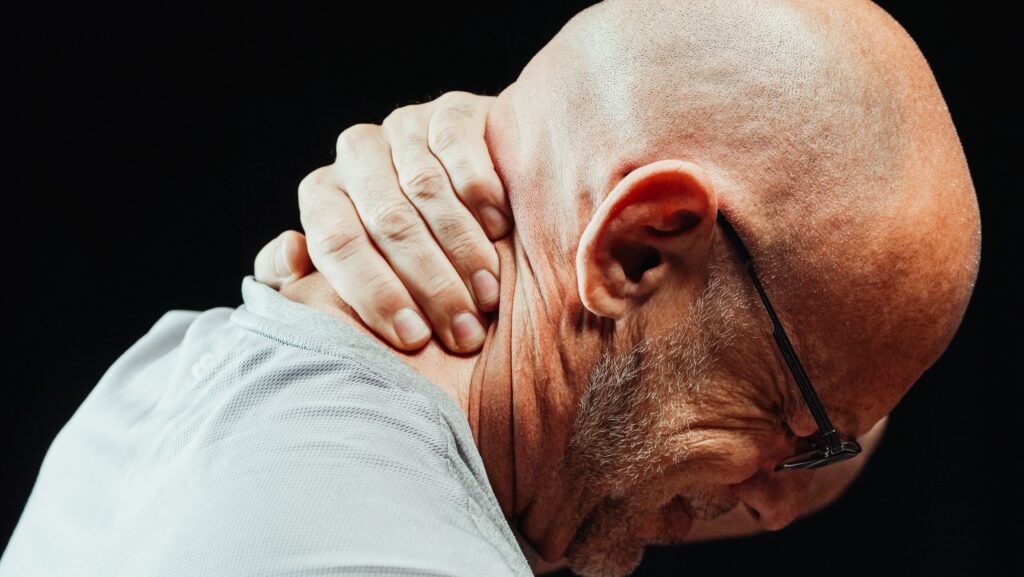
Working in the dental field can be rewarding. However, it can have its fair share of challenges. One of the issues dentists and hygienists often face is chronic neck pain. It’s part of the job, but it doesn’t have to be something debilitating. If it is left unchecked, musculoskeletal issues in the neck can lead to serious health and career problems for the dentists and hygienists.
The Causes of Neck Pain in Dentists
Poor Posture
Dental operator neck pain can occur when your head has been in an awkward posture for a long time. Having to bend the neck for extended periods can lead to strained muscles in the neck, and sitting in one position for too long, especially when accessing the oral cavity, can also lead to pain and discomfort.
Poor Patient Positioning
Positioning the patient too high can lead to dental operator neck pain due to shoulder elevation. Positioning the patient too low means you must bend to reach them. Finding the right patient position depending on the size of the dental operator is essential.
Repetitive Movements
Neck flexion is among the common causes of neck pain in dentists. These repetitive movements can harm neck muscles, especially when conducting long procedures.
Using Poorly Designed Equipment
Some chairs are poorly designed, forcing you to strain when accessing a patient’s teeth. Finding the right height and position of your dental stool in relation to the patient and the procedure being conducted is critical to avoiding neck pain after prolonged procedures.
How Dentists Can Mitigate Neck Pain
Proper Posture
To avoid discomfort, you should sit closer to your patients to prevent bending your head too much. Keep your head at a comfortable angle and position in relation to the patient. If you feel discomfort, move to a different position and remember to maintain a healthy posture.
Take Regular Breaks
During the break, make sure you move around and stretch. The body responds positively to such movement, especially after being in a strained position for a long time. Regularly changing posture will significantly reduce neck pain. This will help keep your muscles flexible and loose.
Use a Dental Chair with Armrest
Using the armrests takes some weight off the shoulders. This helps reduce the chances of experiencing neck pain. There are several varieties of dental stools, and you can choose the one that suits you best.
Regular Exercise
Visiting the gym once in a while is good for you. This will help reduce soreness and neck pain caused by muscle weakness. Neck exercises are especially beneficial as they focus on the affected area. When taking these exercises, it is important to work with a trained instructor to avoid injuring yourself in the process.
Proper Patient Positioning
It is essential to ensure that the patient’s oral cavity is at elbow level when operating. To reduce neck pain in dentists, simply repositioning the patient’s head can make a big difference. It gives you a more ergonomic posture and better access to their teeth. Instead of relying on awkward static positions, you work more comfortably. Use a dental headrest to keep the patient’s head in the optimal treatment position without causing them discomfort.
Try Wearing a Loupe
Wearing ergonomically designed loupes helps improve your neck posture. Since not all surgical loupes will meet the visual and postural requirements, it is essential to use a custom-made loupe. Among the most critical parameters that you should consider before purchasing loupes is the declination angle. Using loupes with a steeper declination angle helps reduce neck pain as there is less forward head bending involved in treatment. Loupes should also have proper magnification. To ensure they remain stable, loupes should be lightweight to keep them from sliding down the nose.
Adopt a Logical “Treatment Design”
You need to minimize neck flexion to avoid dental operator neck pain. To do this, you should ensure that all the items you need for treatment are within easy reach. This will help reduce the need to twist and bend. Your chair should thus be positioned close to all the equipment you may need during the dental procedure. You also need to ensure there is proper lighting in the room. Using suitable illumination devices will allow you to see the mouth clearly without the need to bend your neck.
Looking for dental chair products that can help you position your patients for more comfortable treatment? Shop at Crescent Products Today!
Featured Products
